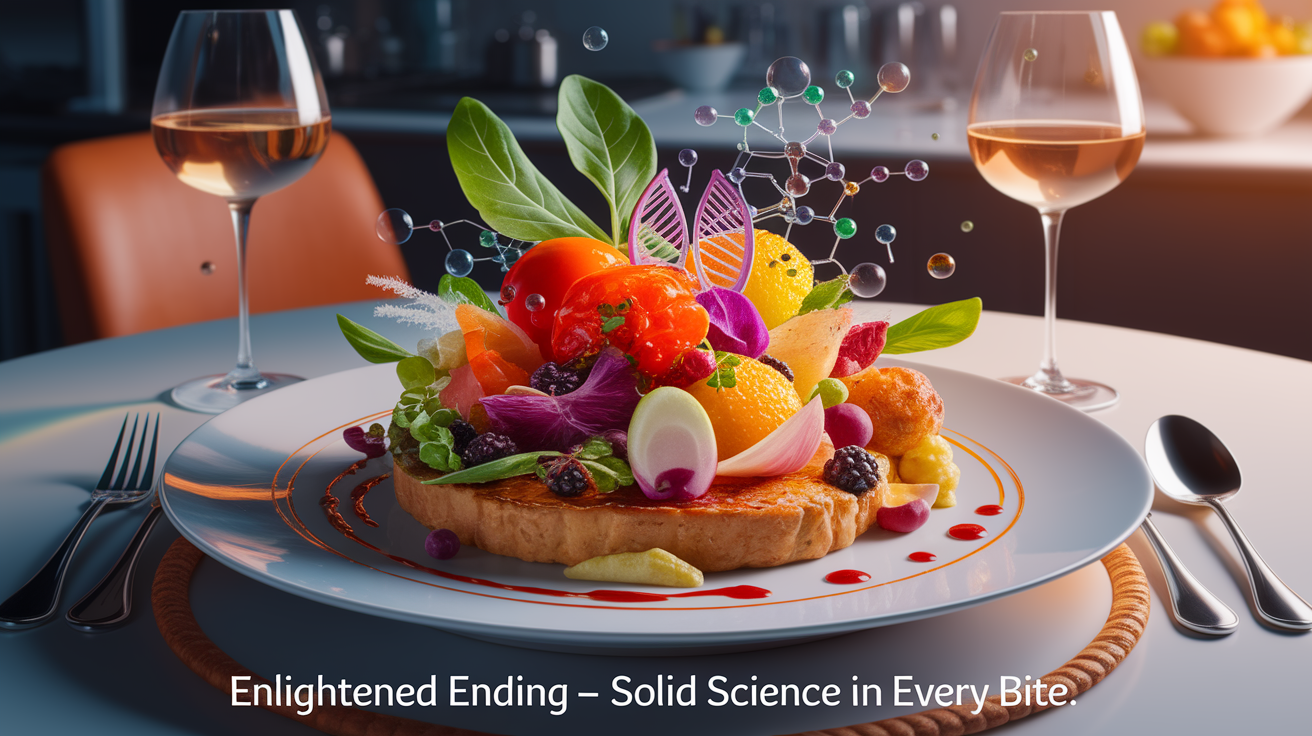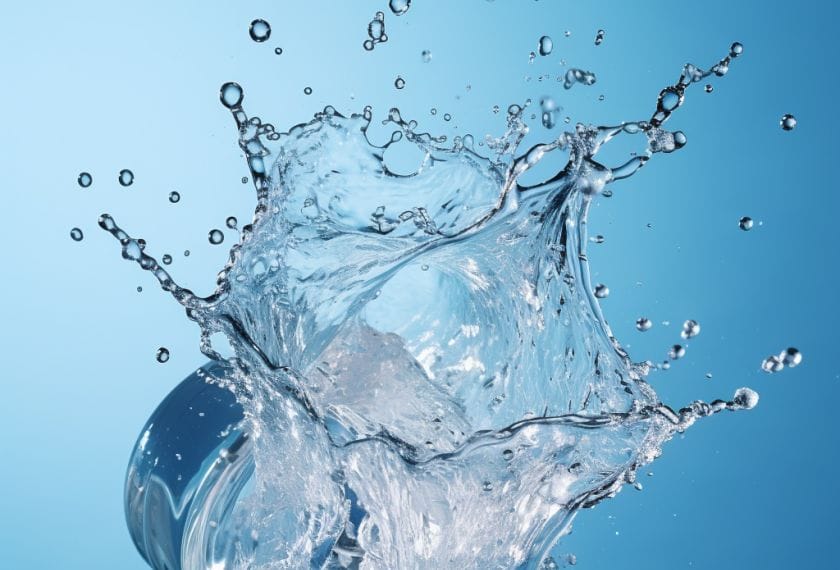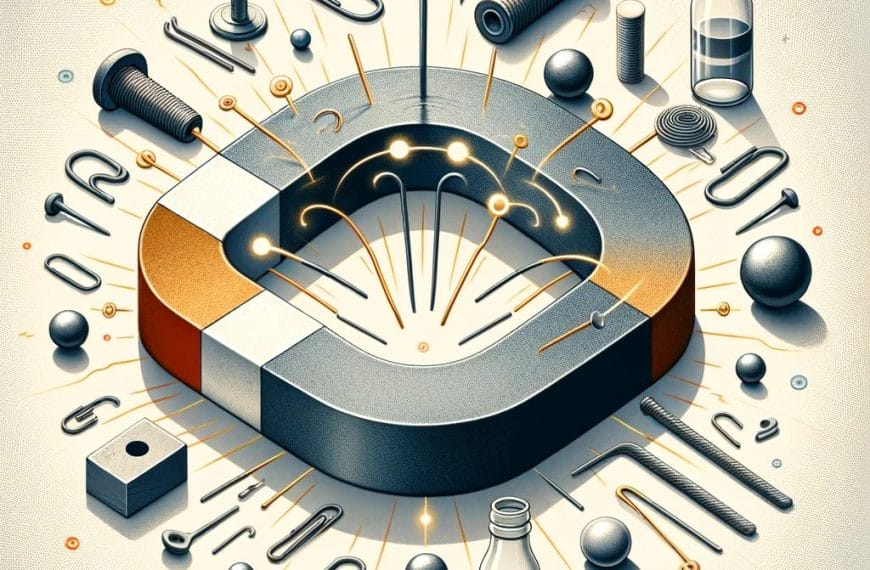Quick Answer: Egg whites solidify when cooked because heat causes their tightly folded proteins to unravel and bond together, trapping water in a gel-like network. This transformation changes them from clear and runny to white and firm—and it’s all down to a fascinating bit of kitchen chemistry known as protein coagulation.
Introduction – The Swift Science of Solidifying Whites
When you crack an egg, its white—more precisely called the albumen—looks translucent and fluid. But the moment heat enters the picture, something magical happens: it turns opaque and firm. This is the result of the heat-induced coagulation of proteins in the egg white. Beneath this everyday cooking moment lies a chain of molecular events that food scientists and chefs alike find endlessly fascinating.
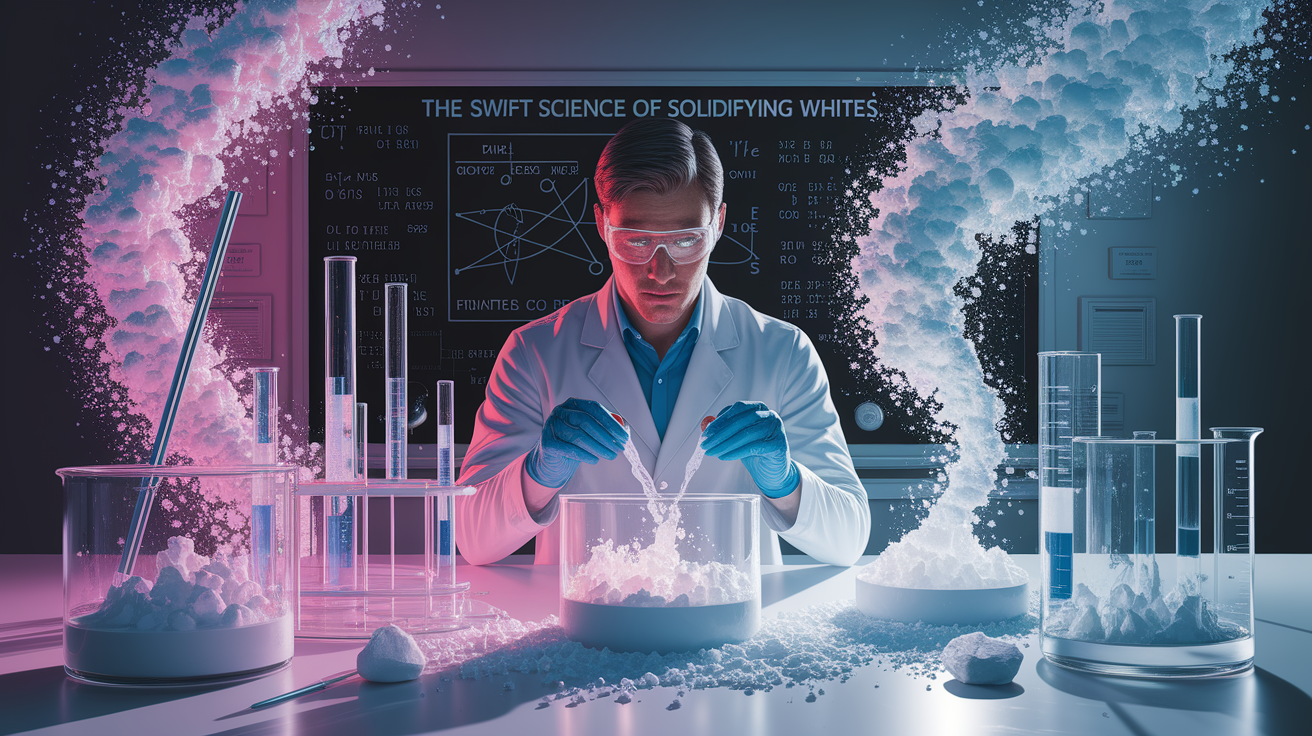
Protein Structure – The Building Blocks of Coagulation
Egg whites are mostly water mixed with a variety of proteins, such as albumin (ovalbumin) and ovotransferrin. In their natural state, these proteins are folded up into neat, compact shapes, like balls of yarn. The outer layers are covered with hydrophilic (water-loving) amino acids, while the inside hides hydrophobic (water-avoiding) regions.
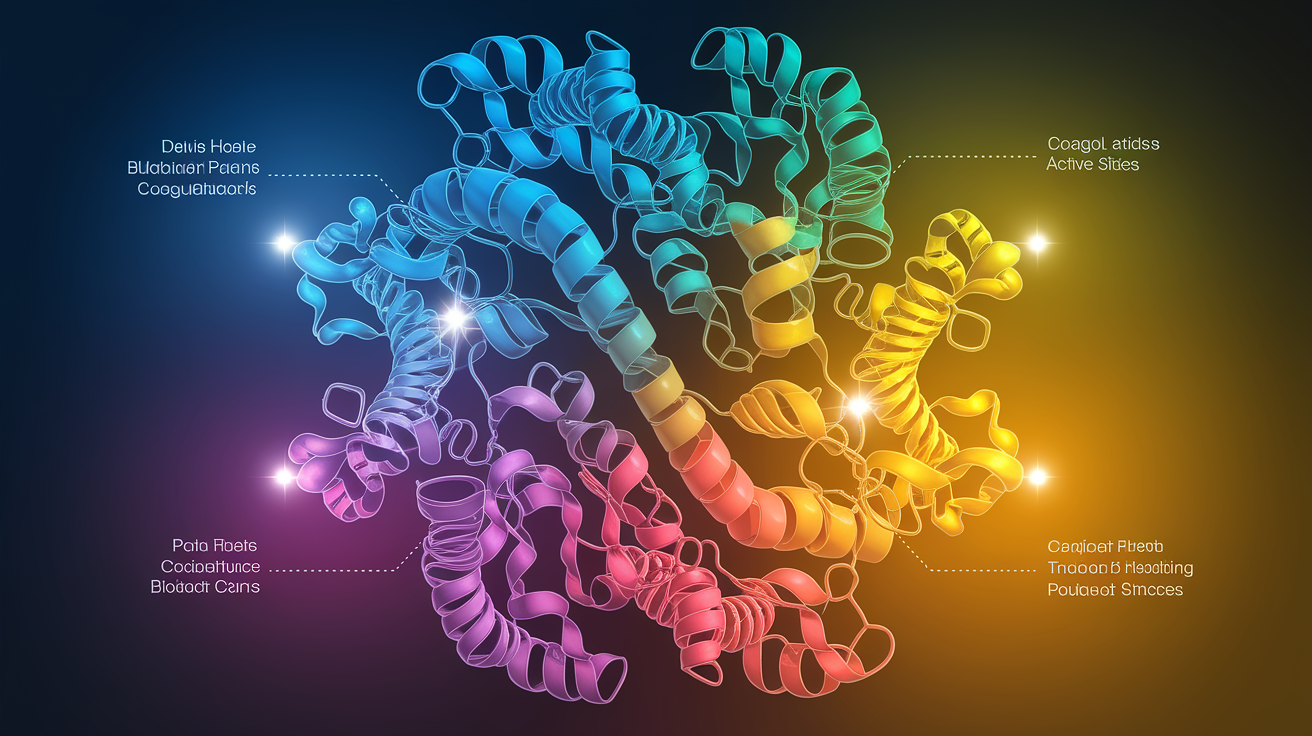
This compact protein structure is held together by delicate molecular bonds. In this form, the proteins float freely in the surrounding water, keeping the egg white in a liquid state.
Heat and Denaturation – The Trigger for Coagulation
When you apply heat, the energy causes those stabilizing bonds to break, a process called denaturation. The neatly folded proteins unfurl into long chains, exposing those hidden water-repelling sections. These newly exposed areas start sticking to each other, linking up and creating a three-dimensional network.
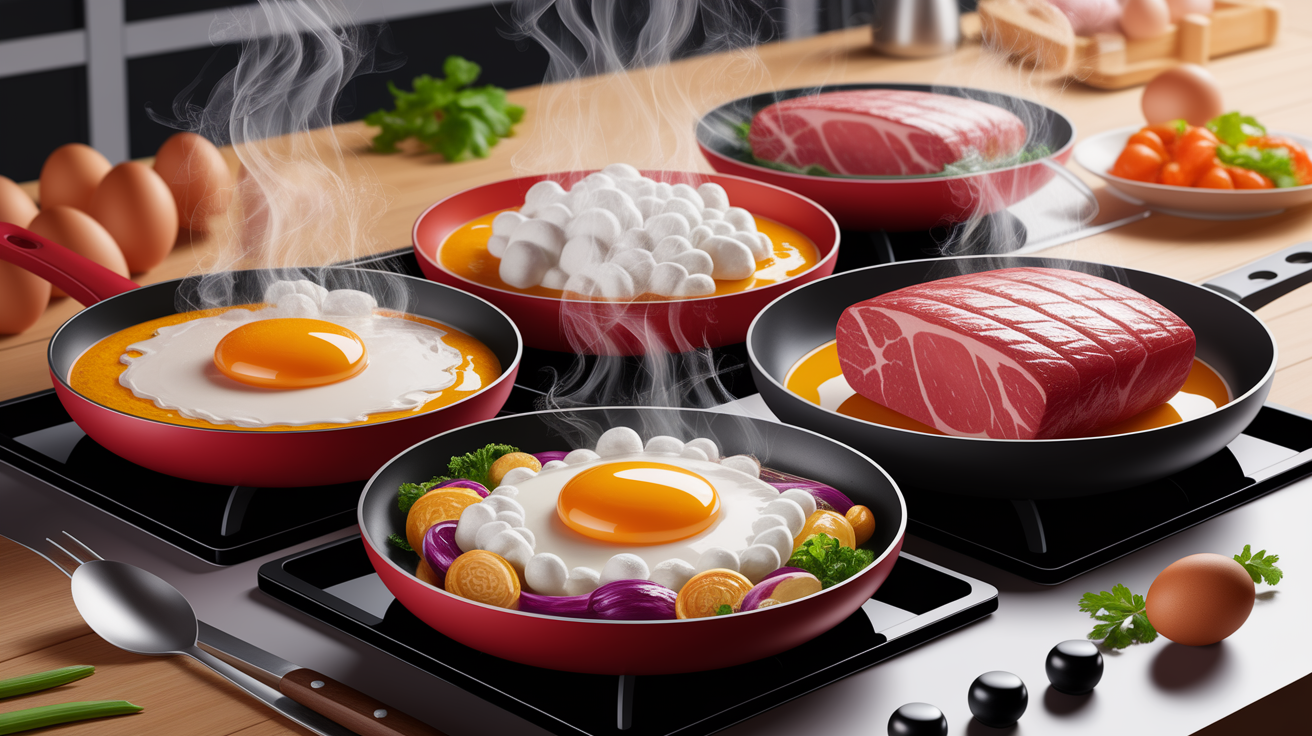
This network holds onto water, transforming the liquid into a gel-like solid. As cooking temperature rises past about 60°C (140°F) and toward 70°C (158°F), this coagulation process becomes more complete. Once set, the change is permanent—there’s no going back to the raw, runny state. This is the same principle behind how proteins in milk or meat respond to heat.
Influencing Factors – Tweaking Texture and Timing
Not all egg whites set the same way. Several factors affect the coagulation process, and cooks can use these to control texture and timing:
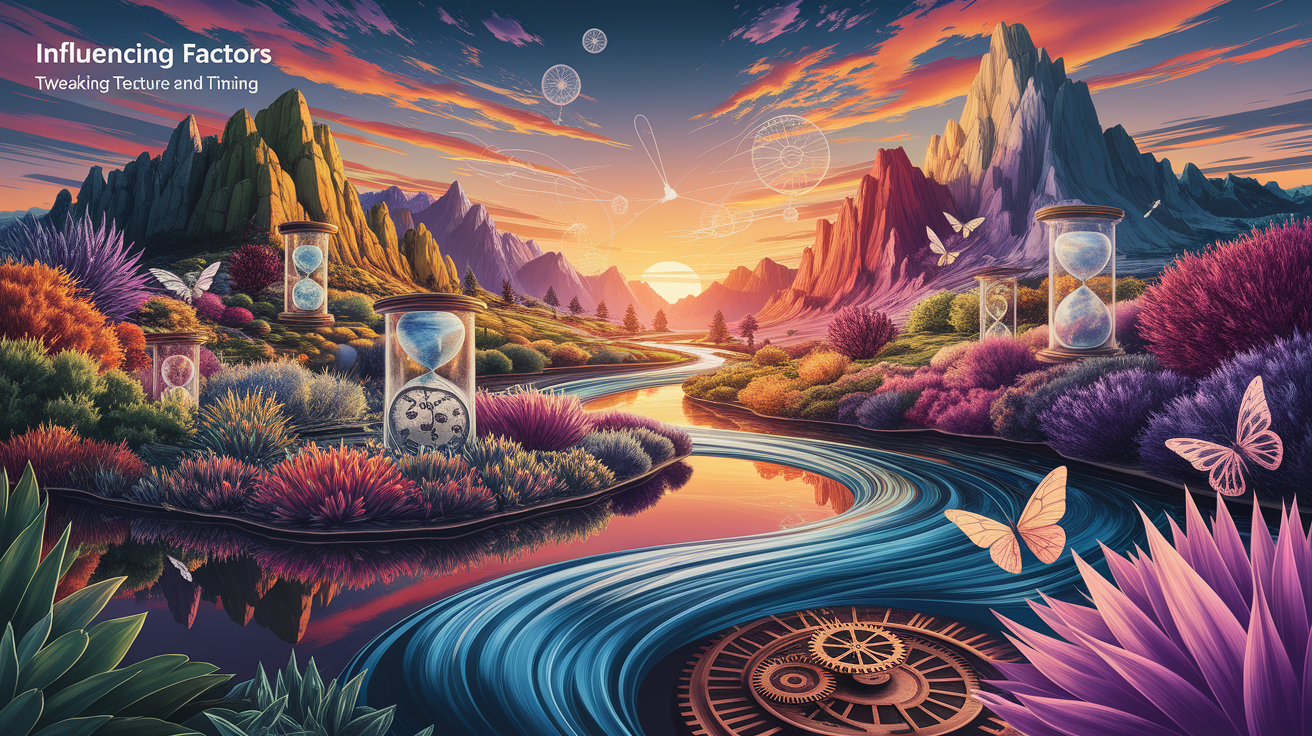
- Freshness and Acidity: Fresh eggs tend to be more acidic, which slows coagulation. This extra time allows more air to be whipped in before heating, leading to fluffier foams.
- Sugar: Adding sugar delays coagulation by competing with proteins for water. This means your meringues or custards need higher temperatures or longer cooking to set properly (learn more about sugar’s effect).
- Cooking Temperature: Gentle heat creates smoother, more tender textures. Too much heat can lead to over-coagulation, where the proteins squeeze out water and create a curdled texture.
- Copper Bowls: Beating egg whites in copper bowls causes copper ions to bind to ovotransferrin, stabilizing it and raising its coagulation temperature. This results in stronger, more elastic foams (see details here).
Enlightened Ending – Solid Science in Every Bite
From a sunny-side-up egg to a perfectly risen soufflé, the science of egg white coagulation plays a starring role in countless dishes. Applying principles of culinary chemistry—understanding protein structures, heat-induced molecular changes, and the effects of ingredients—lets us turn a basic ingredient into edible art. Next time you watch clear egg whites turn snowy white in your pan, you’ll know you’re witnessing a captivating molecular makeover happening right before your eyes.
